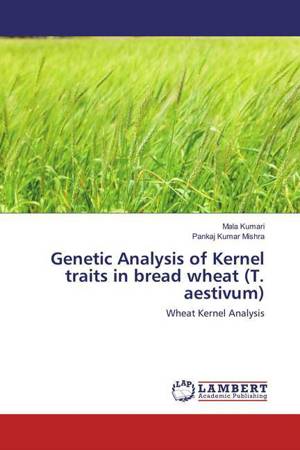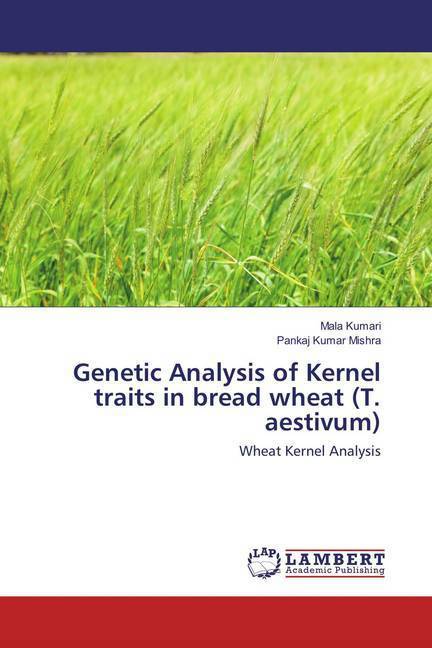
Bedankt voor het vertrouwen het afgelopen jaar! Om jou te bedanken bieden we GRATIS verzending (in België) aan op alles gedurende de hele maand januari.
- Afhalen na 1 uur in een winkel met voorraad
- In januari gratis thuislevering in België
- Ruim aanbod met 7 miljoen producten
Bedankt voor het vertrouwen het afgelopen jaar! Om jou te bedanken bieden we GRATIS verzending (in België) aan op alles gedurende de hele maand januari.
- Afhalen na 1 uur in een winkel met voorraad
- In januari gratis thuislevering in België
- Ruim aanbod met 7 miljoen producten
Zoeken
Genetic Analysis of Kernel traits in bread wheat (T. aestivum)
Wheat Kernel Analysis
Mala Kumari, Pankaj Kumar Mishra
Paperback | Engels
€ 72,45
+ 144 punten
Omschrijving
Bread wheat (Triticum aestivum L.) is one of the most important food crops, feeding about 40 % of the world's population. Genetic improvement in wheat focus on three main areas: enhancing yield, overcoming biotic and abiotic stress and improvement end use quality. Grain size is an important physical indicator of seed quality that affects vegetative growth and is frequently related to yield, market grade factors and harvest efficiency. The grain length, width, and area were associated with a 40% variation in the milling quality of Australian winter wheat cultivars. Grain color is also one of important traits affecting flour yield and quality in wheat. For effective improvement of quality and yield of wheat, a plant breeder must have knowledge of inheritance of quality and agronomic traits.
Specificaties
Betrokkenen
- Auteur(s):
- Uitgeverij:
Inhoud
- Aantal bladzijden:
- 184
- Taal:
- Engels
Eigenschappen
- Productcode (EAN):
- 9783659814259
- Verschijningsdatum:
- 14/01/2016
- Uitvoering:
- Paperback
- Afmetingen:
- 150 mm x 220 mm
- Gewicht:
- 277 g

Alleen bij Standaard Boekhandel
+ 144 punten op je klantenkaart van Standaard Boekhandel
Beoordelingen
We publiceren alleen reviews die voldoen aan de voorwaarden voor reviews. Bekijk onze voorwaarden voor reviews.









